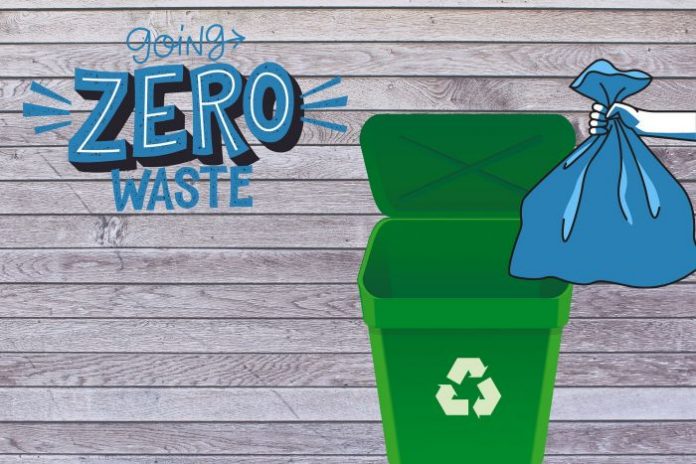
Yesterday, 30th September, the Italian Ministry of Ecological Transition published the decrees with the selection criteria for projects relating to investments in infrastructure to support separate collection and recycling plants. The measure aims to achieve the recycling targets set by EU legislation, which stipulates that a maximum of 10% of waste should go to landfill and 65% should be recycled.
The good news,” Minister Cingolani announced, “is that we are setting in motion the other major strand of the National Recovery and Resilience Plan, the one dedicated to the circular economy. The projects will start in the coming weeks.
The investments include measures for the upgrading, digitisation and modernisation of the separate collection infrastructure and move along three axes: infrastructure for separate collection, facilities for the recycling of separate waste fractions and critical flows.
“We need to improve both the quantity and the quality of what is collected,” continued Minister Cingolani, “and the introduction of new technologies will make collection easier for citizens.
Sixty per cent of investments in recycling plants will go to Central and Southern Italy. Particular attention will be paid to the organic fraction, which today accounts for about 30% of all waste production and should be valorised to help achieve recycling and decarbonisation targets.
Another important chapter of Mite’s “Circular Cities” project concerns special waste, such as sludge from sewage treatment plants, which is currently a critical issue that is often dealt with using emergency instruments, but which will be exploited to the full under the circular economy model.




































